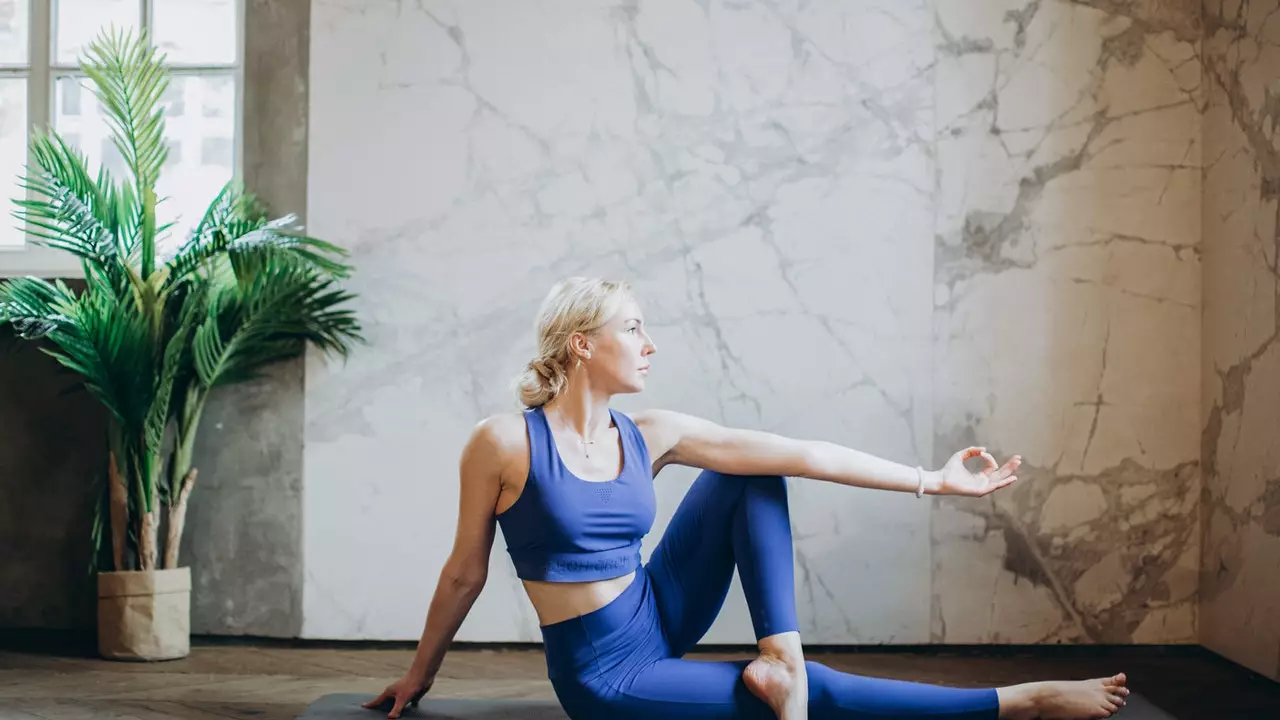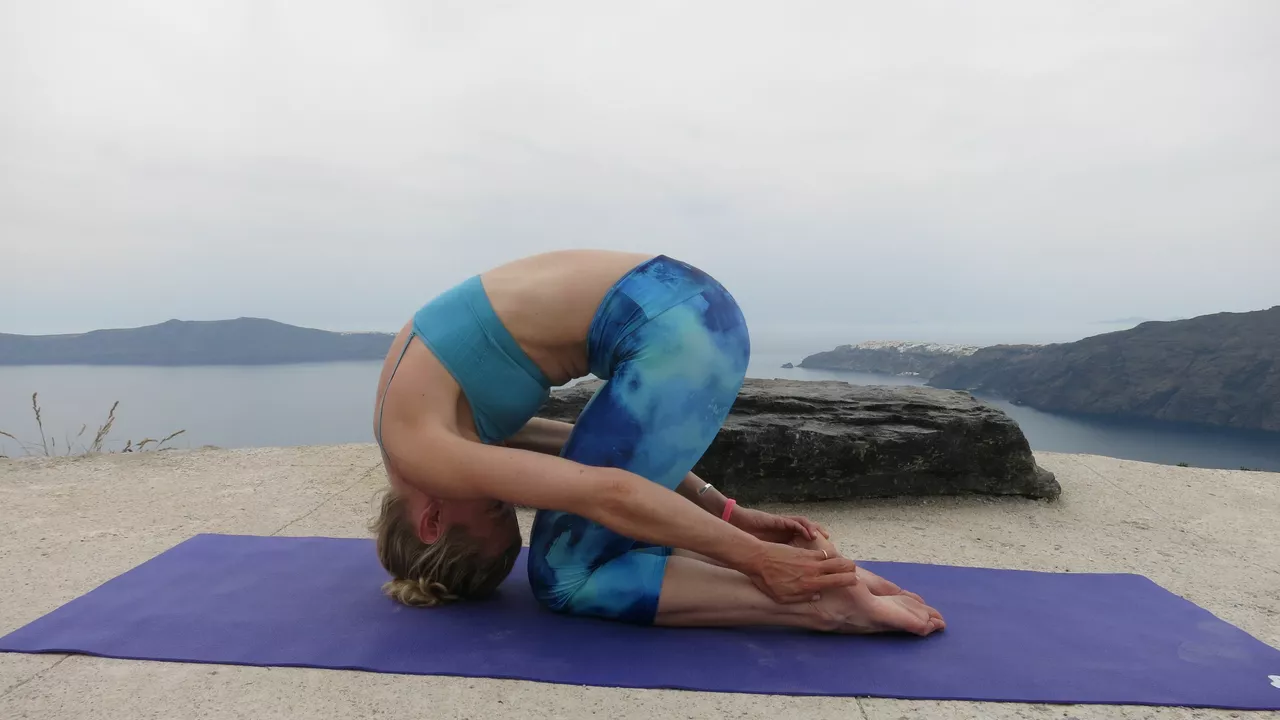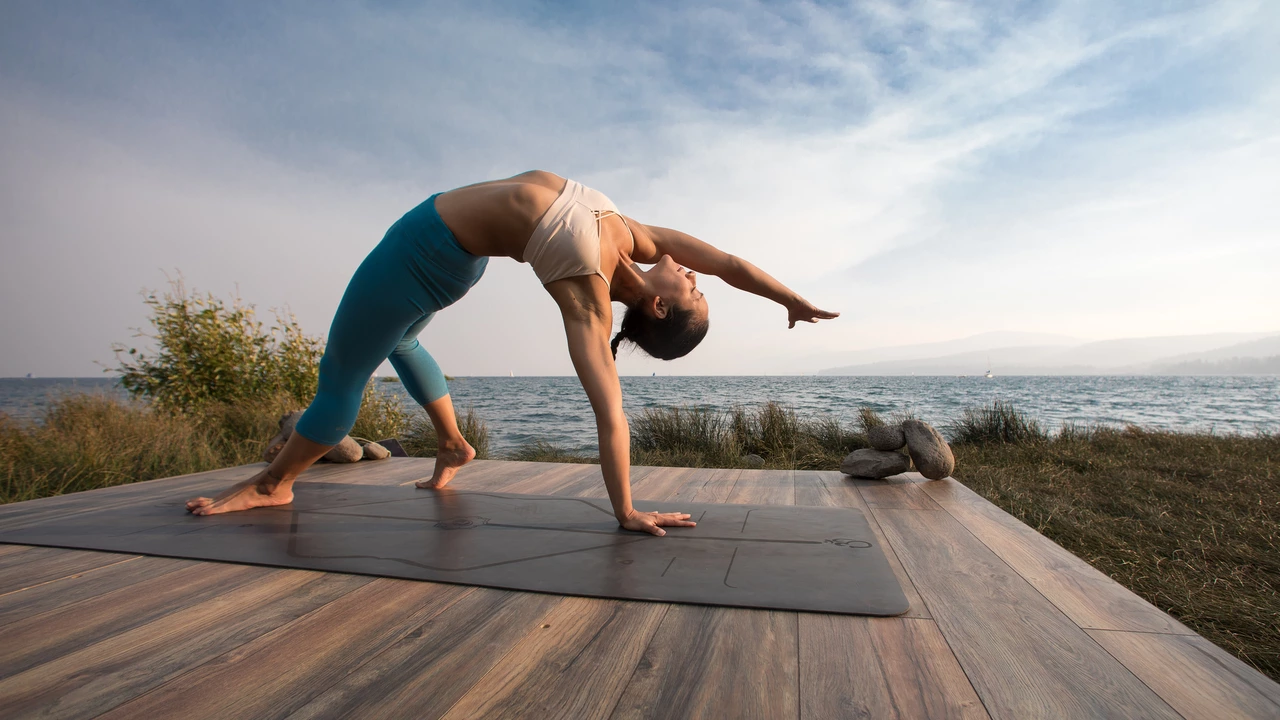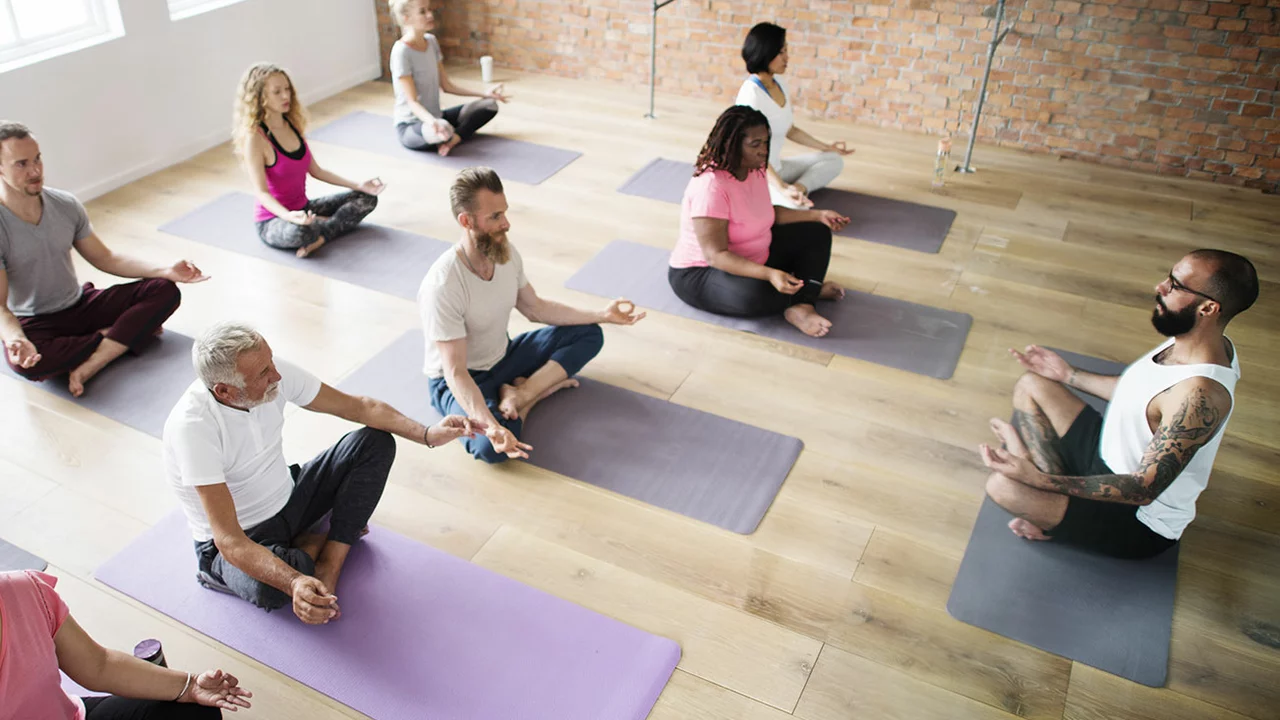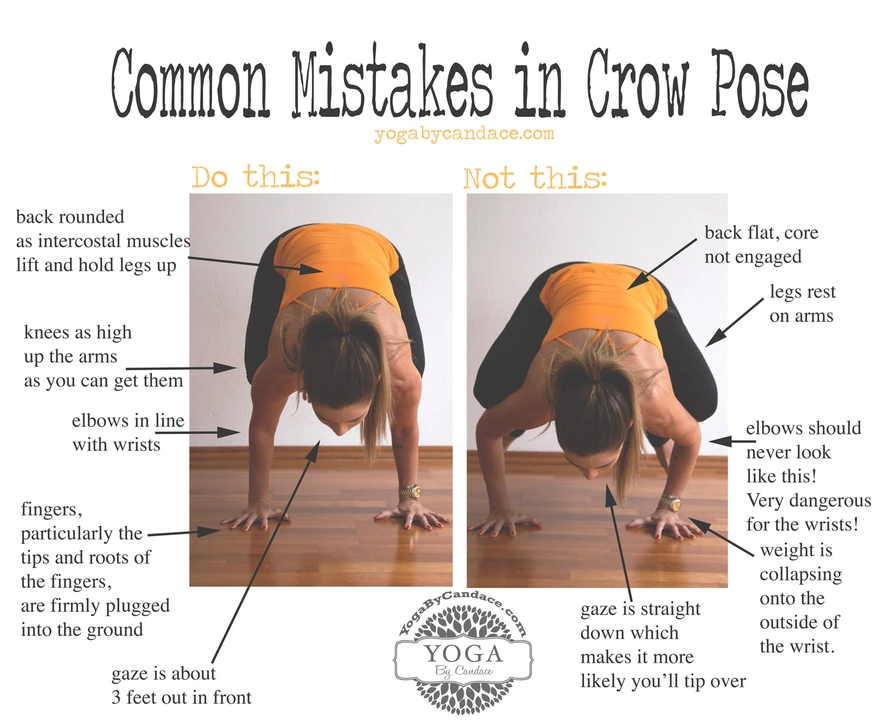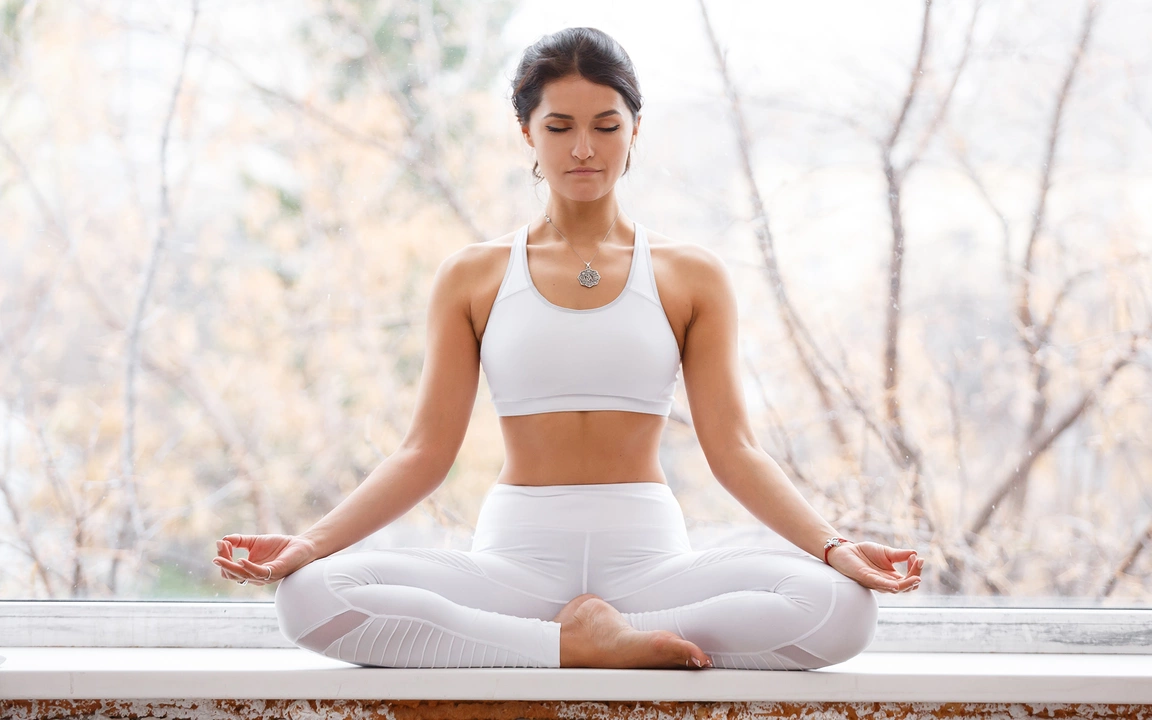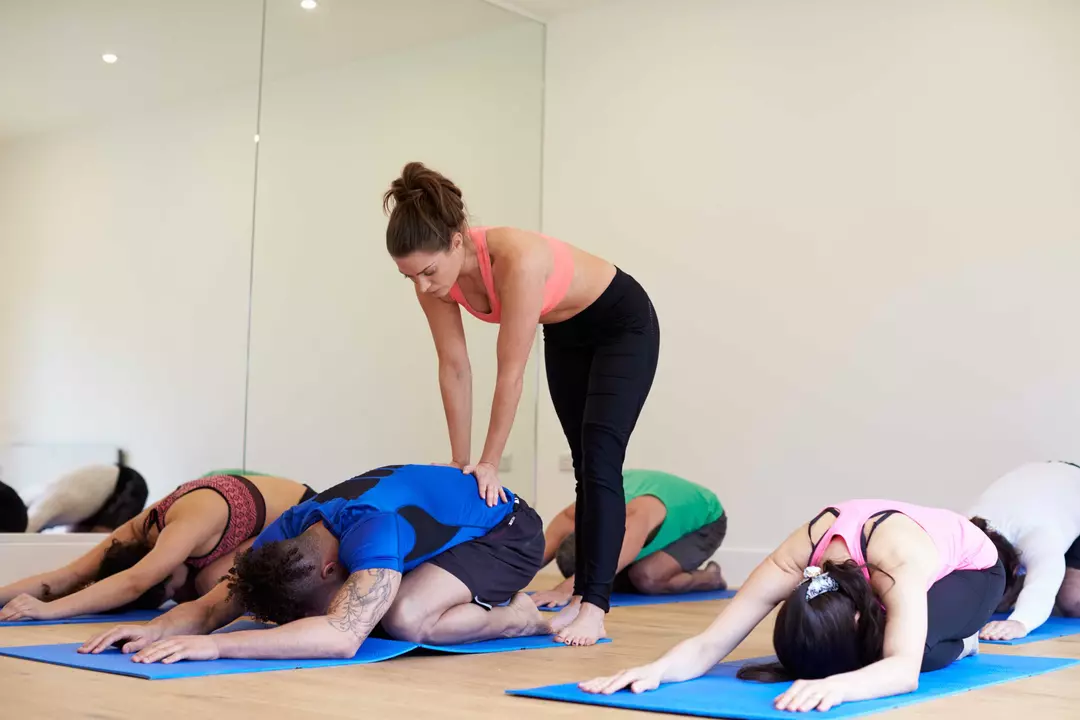KKR vs SRH Qualifier 1: Ambati Rayudu Highlights Openers and Powerplay as Game Changers
Ambati Rayudu, a six-time IPL winner, emphasizes the critical role of openers and powerplay performance in the IPL 2024 Qualifier 1 match between Kolkata Knight Riders (KKR) and Sunrisers Hyderabad (SRH) at Narendra Modi Stadium in Ahmedabad, predicting that the team excelling in the powerplay will gain a significant advantage.
Does 15 minutes of yoga daily make any difference?
Alright folks, let's talk yoga, and not just any yoga, but the quick 15-minute daily stretch. It seems like a short amount of time, right? But, believe it or not, it can make a world of difference. It's like giving your body and mind a mini vacation each day. So, grab your mats and let's dive into the stretchy world of yoga - where you'll find increased flexibility, stress relief, and a surprising boost in happiness - all in just a quarter of an hour. And remember, the best yoga pose is the one where you reach for the chocolate afterwards!
Where did yoga originate from, and how does it work?
Hey guys, let's dive into the mystical world of yoga. Originating from the land of spices and spirituality, India, more than 5000 years ago, yoga is more than just twisting and turning your body in weird ways. It's a holistic blend of physical postures, breathing techniques, and meditation that works wonders on your body and mind. You might feel like a pretzel at first, but trust me, it's like a free chiropractor with the bonus of inner peace. So, unroll your mats, folks, because yoga is a journey of the self, through the self, to the self, and it starts right in your living room!
Is there an age limit for yoga?
In my exploration of whether there's an age limit for yoga, I found that yoga is truly for everyone, regardless of age. From toddlers to seniors, everyone can benefit from its calming and strengthening effects. However, it's essential to choose a style and intensity level that suits one's age and physical condition. Seniors or those with certain health conditions should particularly seek gentle yoga styles under professional guidance. So, no, there isn't an age limit for yoga, but personalization is key.
Is yoga hard for a beginner?
As a beginner, you might find yoga a bit challenging due to the unfamiliar poses and the need for flexibility and strength. However, it's all about patience and consistency. Everyone starts at a different place and the beauty of yoga is that it's adaptable for all skill levels. Remember, it's a personal journey, not a competition. Over time, with regular practice, you'll notice progress and improvements in your abilities.
What is the 200-hour yoga teacher training?
The 200-hour yoga teacher training is an immersive, foundational course designed for those aspiring to become yoga instructors. It's a comprehensive program that typically spans over a few weeks or months, covering essential yoga philosophies, postures, and teaching techniques. It's not just about mastering the poses, but also learning how to effectively teach and inspire others. Graduates of this program are usually eligible to register with Yoga Alliance as Registered Yoga Teachers. It's a transformative journey, not just a course, that deepens your own practice while preparing you to teach others.
Is it better to do yoga in a class or online for a beginner?
As a beginner to yoga, it can be challenging deciding whether to start in a class or online. In-person classes offer real-time feedback and corrections, which can prevent bad habits from forming. However, online classes provide flexibility, allowing you to practice at your own pace and convenience. Both have their merits, so it truly depends on your personal preferences and learning style. It's best to try both and see what suits you.
How to prevent my knees from slipping in a crow pose?
In my latest blog post, I discuss the common issue of knees slipping in crow pose and share some useful tips to prevent it. I emphasize the importance of building a strong foundation by warming up the wrists and engaging the core. Additionally, I mention the role of proper hand placement and the use of a towel or mat for added grip. Practicing hip openers and engaging the inner thighs can also help in maintaining stability. Finally, I encourage patience and consistent practice to master this pose without slipping.
What is the future of yoga and holistic healing industry?
As a passionate follower of yoga and holistic healing, I can't help but be excited about the future of this industry. With people becoming more aware of the importance of mental and physical well-being, yoga and holistic healing practices are gaining more popularity every day. I believe technology will play a significant role in making these practices more accessible and personalized for individuals. Additionally, the integration of these practices into mainstream healthcare systems will further validate their effectiveness and encourage more people to embrace them. In conclusion, the future of the yoga and holistic healing industry looks promising, and I am thrilled to witness its growth in the coming years.
Can a yoga teacher teach Pilates?
Yoga and Pilates are two popular forms of exercise that focus on improving strength, flexibility, and balance. But can a yoga teacher teach Pilates? The answer is yes! While the two disciplines are quite different in terms of their approach, a yoga teacher can learn the skills and techniques needed to teach Pilates. A yoga teacher can use their existing knowledge and experience in yoga to gain a deeper understanding of the principles of Pilates and how to apply them to students. With some additional training and practice, a yoga teacher can become a competent Pilates instructor and help their students reach their fitness goals.

